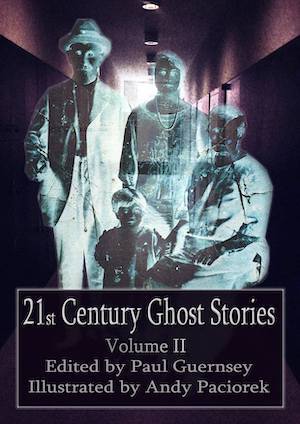
Stephen King. Photo:: Pinguino K
How To Create Successful Characters
Stephen King, in his book On Writing, points out that many beginning writers think that the most effective way to create good characters is to summarize all of the qualities that make those characters who and what they are. Far better, says King, to bring characters to life through their actions and their dialogue.
Concerning Annie Wilkes, the psychotic nurse who imprisons her favorite author in his novel, Misery, King says, “We see her go through dangerous mood swings, but I tried never to come right out and say ‘Annie was depressed and possibly suicidal that day’ or ‘Annie seemed particularly happy that day.’ If I have to tell you, I lose. If, on the other hand, I can show you a silent, dirty-haired woman who compulsively gobbles cake and candy, then have you draw the conclusion that Annie is in the depressive part of a manic-depressive cycle, I win. And If I am able, even briefly, to give you a Wilkes’-eye view of the world—if I can make you understand her madness—then perhaps I can make her someone you sympathize with or even identify with. The result? She’s more frightening than ever because she’s close to real.”
And that is exactly what is meant by the admonition, so frequently heard in fiction-writing classes, to “Show, don’t tell.”

